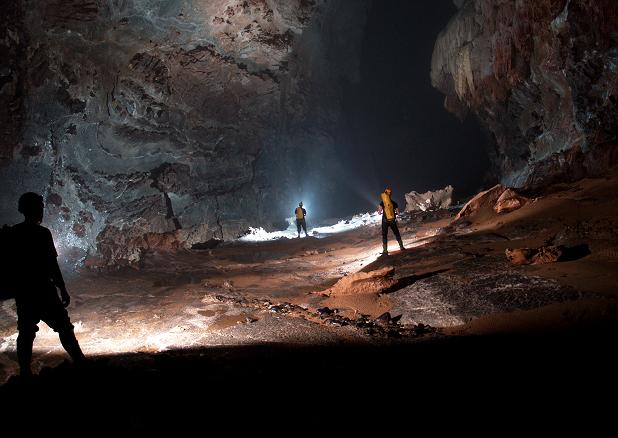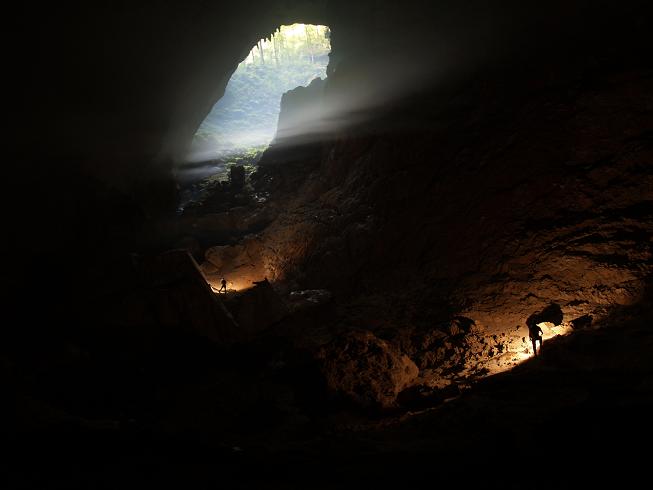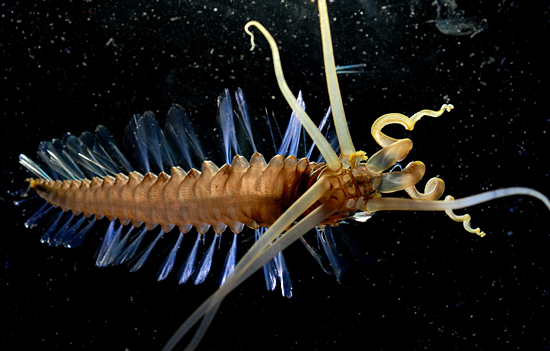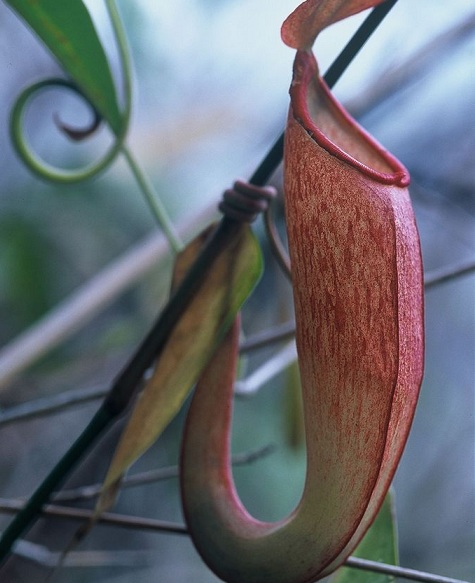Human race spent thousands of years inside caves in the process of evolution. The caves not only provides shelter to lives, but also home to various unique species till now. There are number of gigantic caves around the earth that have self sustaining ecosystem and create a different world inside themselves. In the modern world, the discovery of such cave is always a thrilling story, as they are normally hidden in the remote jungles or mountains lying unknowingly to humans preserving a world inside it untouched for thousands, may be millions of years.
Almost a year back such a spectecular cave was discovered in the Annamite Mountains of Vietnam. This cave is so huge in size that it contains a river, a complete jungle and even its own thin clouds making the other side of the cave out of sight at times. It is large enough to accomodate a whole city with skyscrapper inside it. In fact we are talking about the largest cave passage in the world here, named as Hang Son Doong. For decades, geologists have doubted that Vietnam could be home to some of the world’s most spectacular caves. But a large number of them were unexlored. British scientists from the British Cave Research Association, led by Howard and Deb Limbert, are the first to explore the cave. The cave is named as Hang Son Doong, means mountain river cave. Though credit of bringing the largest cave to the outside world goes to Howard and Limbert, yet the actual discovery credit of the cave goes to a local man named Hồ-Khanh.
Ho Khanh’s family lived in a nearby village and he has long story to tell about the discovery of the cave.
“I was born into a poor family. My father died, and my family had no rice fields, so I had to go to the jungle for work to support my family. Over a period of 13 years, I learnt the location of many caves in the areas I passed through.
So is the story of discovery of the largest cave passage in the world. The Son Doong cave measures 262 feet by 262 feet (80 meters by 80 meters) and at least 2.8 miles (4.5 kilometers) deep. The biggest chamber of Son Doong is over five kilometers in length, 200 meters high and 150 meters wide. This discovery overtook the size of Deer Cave, which held the record of the largest cave passage previously. Deer Cave in Malaysia, is 300 feet by 300 feet (91 m by 91 m) in parts, but is only about a mile (1.6 km) long.
The Son Doong cave is located in in Phong Nha-Ke Bang National Park of Vietnam, near the Laos-Vietnam border. Phong Nha-Ke Bang area is noted for its cave and grotto systems as it is composed of 300 caves and grottos with a total length of about 70 km, of which only 20 have been surveyed by Vietnamese and British scientists. It is currently a national park and UNESCO World Heritage Site.









Recent Comments